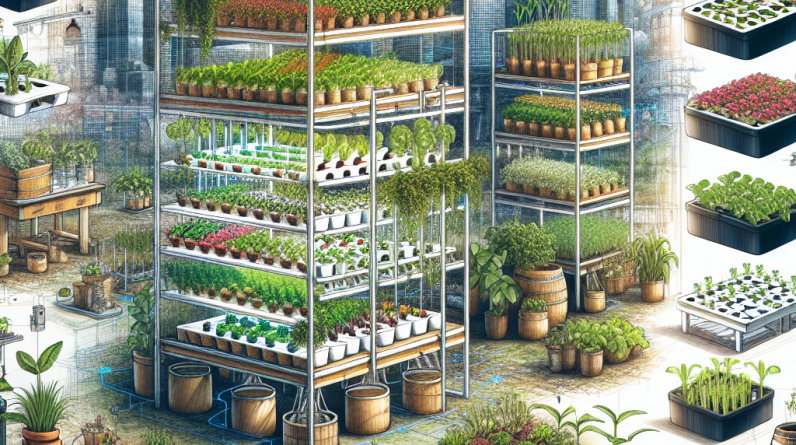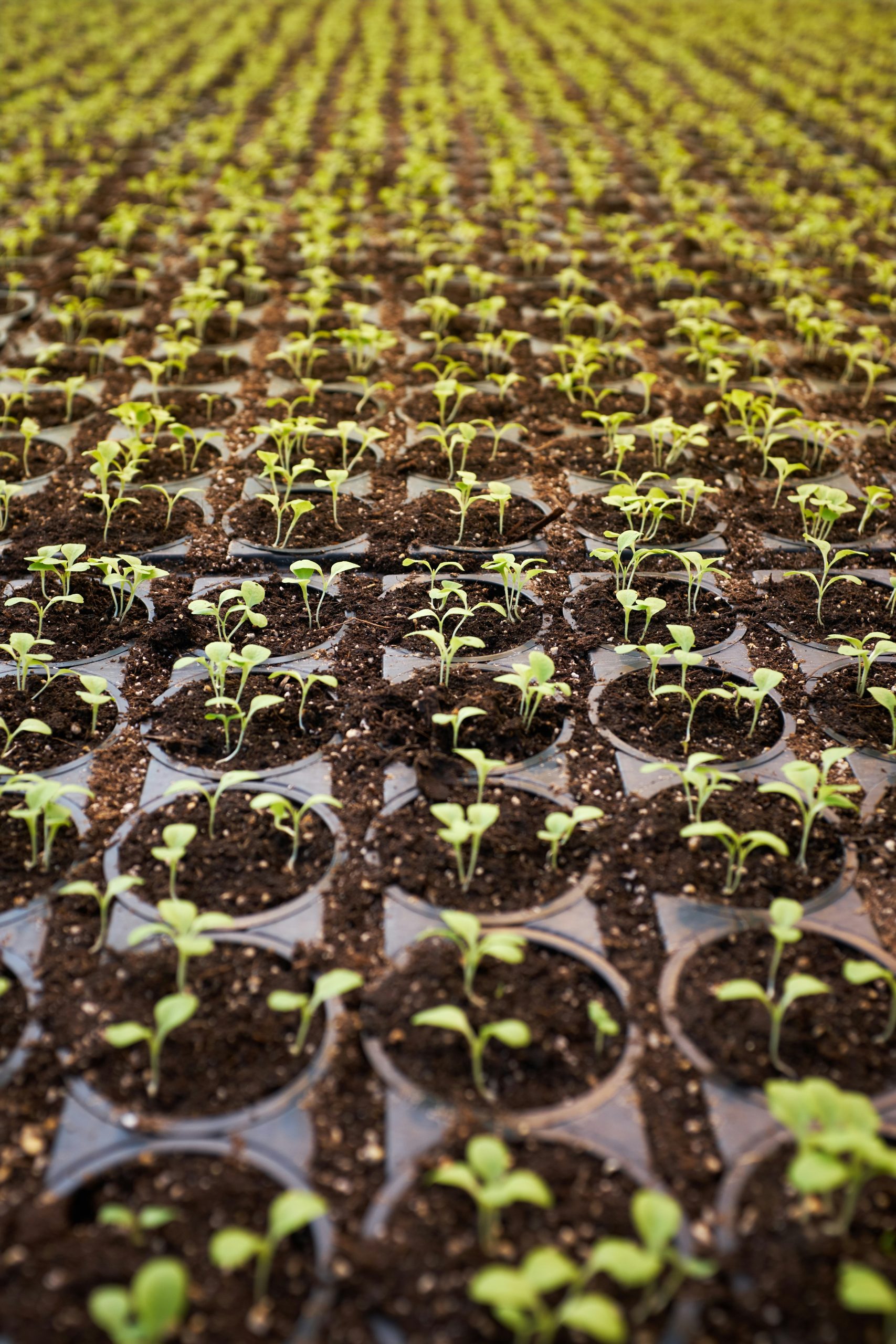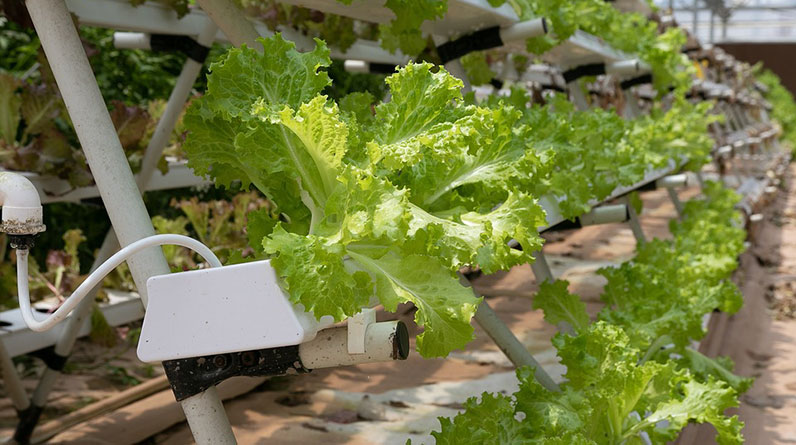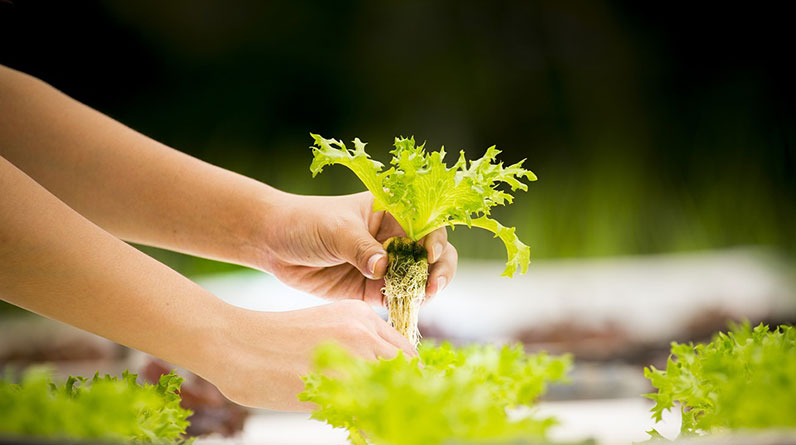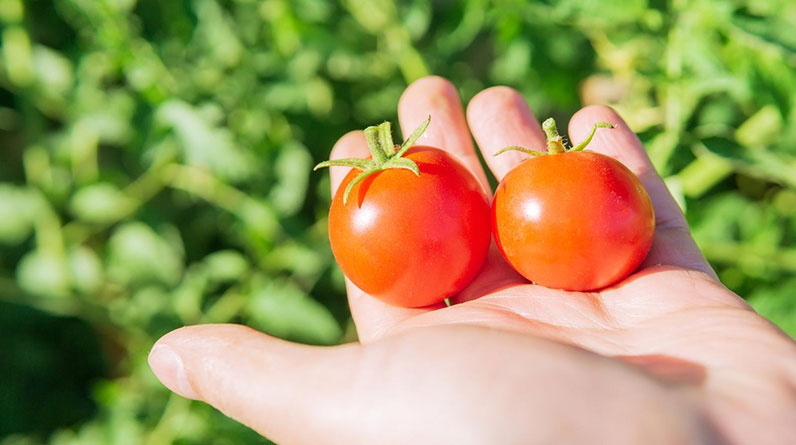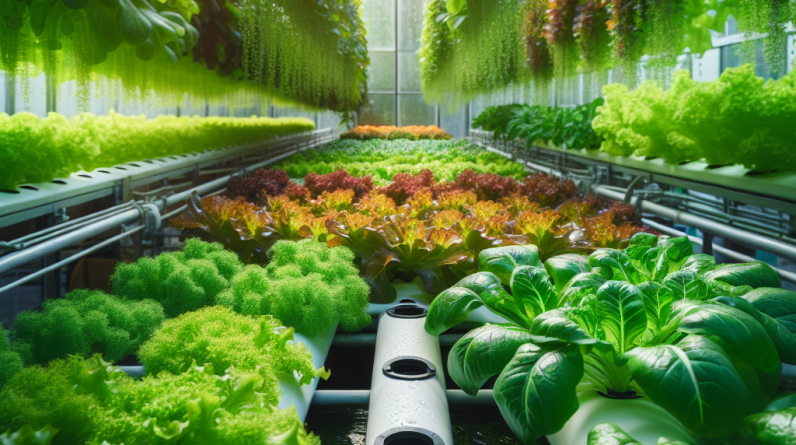
Understanding Hydroponic Systems
What is Hydroponics?
So, let’s kick things off with the basics! Hydroponics is a method of growing plants in a nutrient-rich water solution instead of soil. Sounds cool, right? This technique means that plants can draw the nutrients they need directly from the water, which can lead to faster growth. Seriously, your greens can grow up to three times quicker compared to traditional soil methods!
One of the most exciting aspects of hydroponics is its versatility. Whether you have a window sill or a huge warehouse, you can set up a hydroponic system that works for you. Plus, fewer pests and diseases equals healthier plants. I’m all about minimizing those pesky issues!
I remember the first time I set up my hydroponic system—it was a bit daunting, but totally worth it. You see, with hydroponics, you can control the environment in which your plants thrive. Who wouldn’t want that power right from their own home?
Benefits of Hydroponic Growing
Now, let’s talk benefits! One of the big perks of hydroponic systems is space efficiency. You can grow more plants in a smaller area. This is a game-changer, especially if you live in an urban area where space is tight. I’ve been able to grow my herbs, veggies, and even some strawberries all in my little apartment!
Another benefit? You use less water compared to traditional farming. It’s pretty mind-blowing how much water you save by recirculating it. Plus, you get to reduce your carbon footprint by growing your own food at home. Talk about a double whammy!
And let’s not forget the quality of the produce! Hydroponically grown plants often yield healthier, tastier fruits and veggies. I’ve had friends stop by and rave about the freshness of my tomatoes; they literally couldn’t get enough!
The Science Behind Hydroponics
Okay, so I know I said I wasn’t going to get all scientific on you, but bear with me! Hydroponics leverages the principles of plant biology. Plants need three main things: water, light, and nutrients. In hydroponics, you give them all of this in a highly efficient manner through a carefully balanced nutrient solution.
Using grow lights that mimic sunlight is super important for indoor setups. Trust me, your plants will love you for it. I made the rookie mistake of thinking that natural light would suffice, and I totally paid for it with leggy, sad plants. So, invest in those lights if you’re going the indoor route!
Monitoring pH levels and nutrient concentrations is crucial too. I’ve learned that small adjustments can lead to remarkable changes in plant health and growth speed. It might feel a bit like science class, but figuring this out made me feel like a total plant wizard!
Choosing the Right Hydroponic System
Different Types of Hydroponic Systems
There are several types of hydroponic systems, and choosing one can get a bit overwhelming. From nutrient film technique (NFT) to deep water culture (DWC) to aeroponics, each system has its pros and cons. Personally, I started with a simple DWC system, as it was easy to understand and set up.
If you’re just starting, I’d definitely recommend going for a system that matches your skill level. No need to dive into something complicated right away! It can be as simple as a few buckets, an air pump, and some grow medium to get you on your way.
Once you get a feel for hydroponics, you can experiment with more complex systems. Learning by doing is my favorite way to go! I still remember my first strawberry plant popping out of the water, and I was ready to give all the complicated systems a go after that success.
Factors to Consider When Choosing
When choosing a hydroponic system, think about your space. How much room do you have? Will the system fit? I had to rearrange my living room to accommodate my DWC setup, but it was so worth it! Next, consider your budget—some systems can get pricey, while others are quite affordable.
Also, think about the size of the plants you want to grow. If you’re after tall plants like tomatoes or cucumbers, you need a system that allows ample vertical space. But for herbs, even a small countertop system would work just fine. By focusing on your goals, you’ll make the decision easier!
Lastly, consider how much time you can devote. Some systems require more maintenance than others. For me, a low-maintenance system was key, as my busy lifestyle doesn’t always allow for constant attention. Make sure to balance your personal needs with the right setup.
Cost Effectiveness
Many people assume hydroponics is super expensive, but that’s not always true. Sure, the initial setup can be a bit hard on the wallet, but think about what you’re getting in return. Fresh herbs and veggies year-round? Priceless.
Plus, as someone who loves cooking, I find that I save a ton on groceries since I can grow my own produce. It’s pretty rewarding to pluck fresh basil for my pasta right from my living room! Compare that to biting the bullet and buying those overpriced organic herbs from the store.
As you gain experience, you’ll learn how to optimize your systems, which can further save you money! There are even DIY hydroponics kits that allow you to get started for significantly less money if you’re feeling crafty.
Sustaining Your Hydroponic Garden
Monitoring and Adjusting Nutrients
Sustaining a hydroponic garden is all about balance. Regularly monitoring nutrient levels and making adjustments is key. I always recommend keeping a journal to track what you’re doing; it really helps in understanding what works best for your plants!
One of the most critical aspects is maintaining the right pH level. I once had plants that were just not thriving, and after some testing, I realized my pH was off. It was a bit of a lightbulb moment for me—now I check it weekly to ensure optimal growth.
And don’t forget to replace your nutrient solution regularly. I usually do it every couple of weeks to make sure my plants are getting all the good stuff they need. It’s like a spa day for them, and you can see the results in their happy green leaves!
Pest Control in Hydroponics
Pest control can feel daunting, but it’s straightforward once you understand your environment. The good news is that hydroponic systems have fewer pest issues compared to soil-growing. However, you still want to stay vigilant!
I’ve found that introducing beneficial insects, like ladybugs, can help manage pests without resorting to chemicals. Not only did it work wonders, but it gave my plants a natural protection while I felt good about my eco-friendly choice.
Regularly inspecting plants is crucial too. The sooner you catch a problem, the easier it is to manage. I’ve made it a habit to do a weekly walk-through—usually, I find just a few little guys, and a careful inspection and natural treatment takes care of them. Preventative measures are always worth it!
Harvesting Techniques
Harvesting your plants can be one of the most rewarding experiences! It feels like a reward after weeks of care. Timing is everything; you want to harvest at just the right moment when your crops are at their peak freshness.
For instance, I love harvesting herbs just before they flower, as that’s when their flavors are most concentrated. It’s amazing how much taste you can pack into your meals just by knowing when to pick!
Make sure to use clean scissors or shears to avoid any contamination. Remember to leave a little of the plant behind so it can continue to grow. Especially with herbs, if you harvest correctly, they’ll keep producing. I’ve managed to keep my basil going for ages by following this rule!
Common Challenges with Hydroponics
Technical Issues
Let’s be real—every gardener faces their fair share of hiccups. In hydroponics, technical challenges can pop up unexpectedly. The first time my pump failed, I was in full-on panic mode! But thankfully, they’re usually fixable with a little troubleshooting.
Routine maintenance of equipment is essential, and I’ve learned that investing a little time into checking on my setup can prevent those heart-stopping moments. If you’re prepared, problems become a breeze to deal with.
Always keep backups of essential equipment, like pumps and nutrient solutions. Trust me, being prepared for those tech issues will save you a lot of time later! It’s all about being proactive.
Environmental Factors
Understanding your local environment also plays a major role. Things like temperature and humidity can greatly affect plant health. I learned this the hard way when my setup got a little too chilly one winter, and my plants showed signs of stress.
Investing in a thermometer and hygrometer can help keep track of conditions. I’ve found that maintaining a consistent environment is just as vital as water and nutrient management. Nothing too fancy—just regular checks help keep everything in check!
Don’t be discouraged by these challenges. Each setback was a lesson that helped me become more proficient in my hydroponics journey. You’ll feel like a pro when you can overcome such challenges!
Time Commitment
Finally, let’s chat about the time commitment. Some folks might think hydroponics is a hassle, but honestly, it’s all about how much effort you’re willing to put in. Initially, I spent way more time than I thought I would on setup and maintenance!
However, as I became more familiar with my system, I found that my time investment decreased. The once-daunting routine turned into a soothing part of my day. Tending to my plants became my little zen moment amidst a busy life!
That said, commitment varies with the type of crops you choose. Fast-growing crops like lettuce are super forgiving. I even found that on days I was busy, some plants would still thrive. So make sure you pick the right plants to match your available time!
Frequently Asked Questions
1. What types of plants can I grow in a hydroponic system?
You can grow a variety of plants, including leafy greens like lettuce and kale, herbs like basil and parsley, and even fruiting plants like tomatoes and strawberries! The possibilities are endless.
2. How often should I check the nutrient solution?
It’s best to check the nutrient solution at least once a week to ensure it’s balanced and the pH levels are optimal for plant growth.
3. Do I need special equipment for hydroponics?
While some equipment helps streamline the process, you can start small with basic materials. A simple setup can even be created from kitchen items!
4. Can I use hydroponics indoors?
Absolutely! Hydroponics is perfect for indoor gardening, just ensure you have adequate light sources if natural sunlight is limited.
5. Is hydroponics more environmentally friendly than traditional farming?
Generally, yes! Hydroponics often uses less water and avoids soil degradation, plus you can grow food closer to where it’s consumed, reducing transportation emissions.



